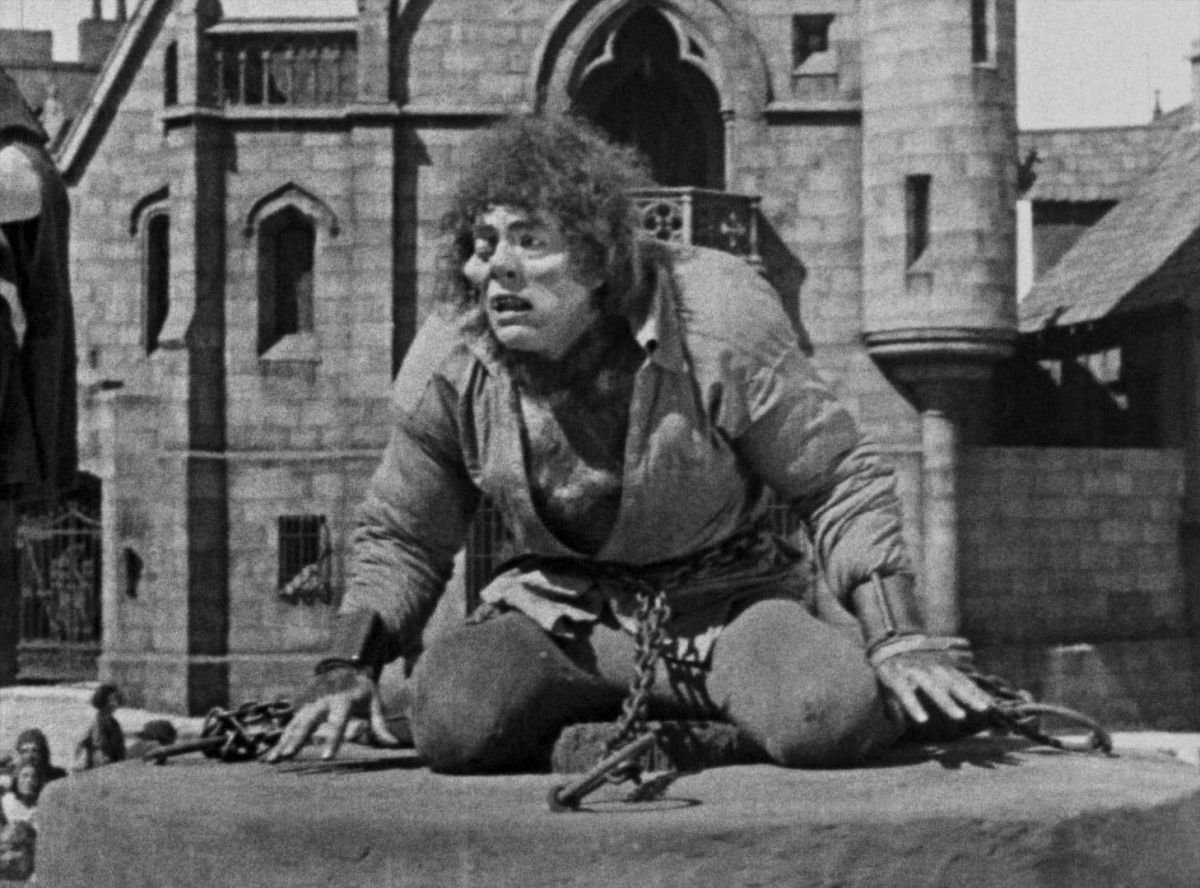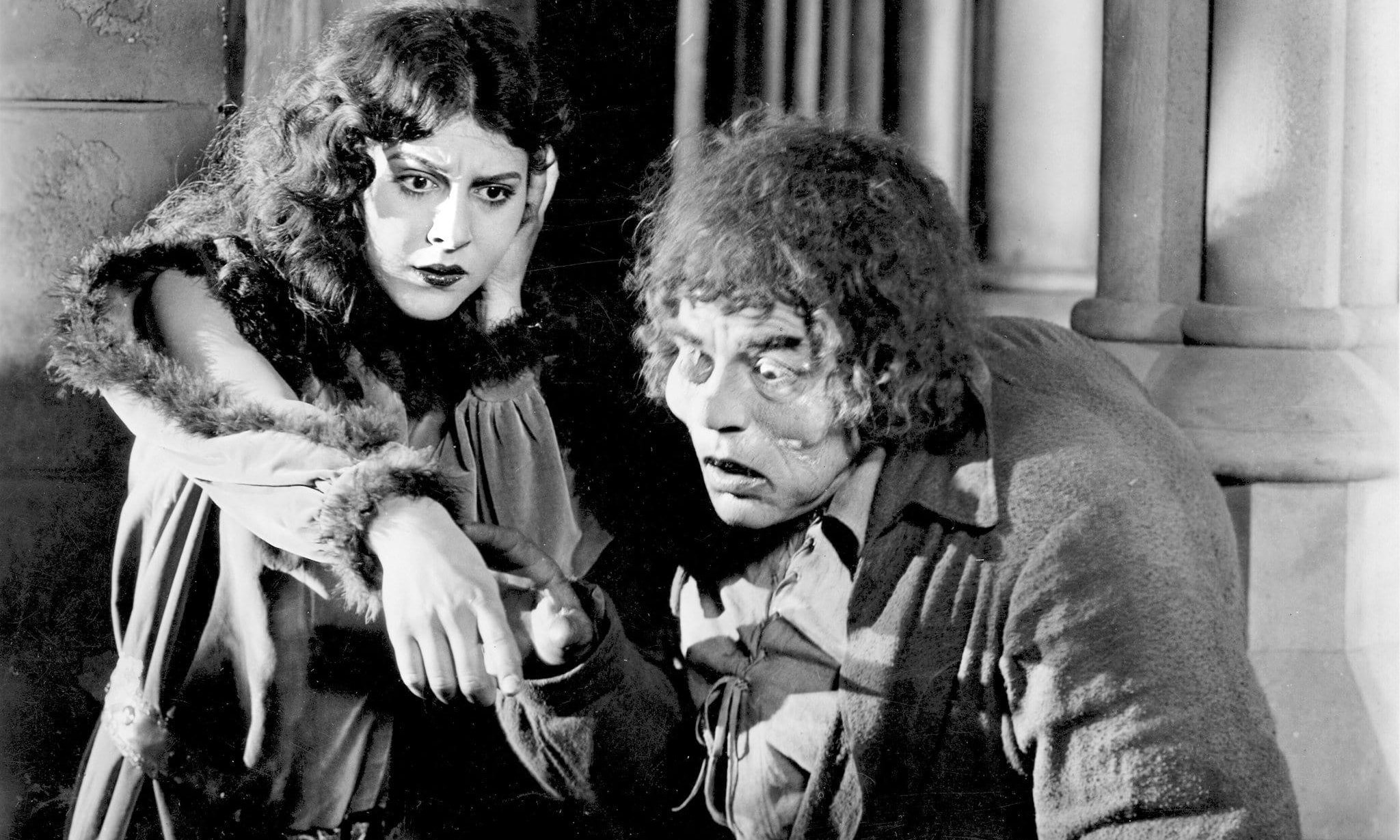
Costuming A Super-Production: 1923’s The Hunchback of Notre Dame
Musty volumes and author’s manuscripts consulted for guidance in selection of proper costumes.
The one big criticism of a costume picture has always been “it’s a costume picture.”
In other words, the costumes have been conspicuous. It has been as though they were in a museum and placed in showcases so obviously on display that they detract attention from fine Jewels and rare objects in less advantageous positions. The fine jewels in the photoplay are the story, the photography, the dramatic highlights, the acting of the players and the like. The story is supposed to be the chief Interest, the supreme offering. But frequently the telling of a story of bygone days has been so marred on the screen by lavish displays of costumes that the spectator marveled at the garb of the characters and forgot the story. Long after the final flash, he remembered the heroine's gown or the hero's armor, yet forgot altogether the thing the picture would have told.

Is that the fault of too much attention to the costumes?
The thoughtless will answer, "Yes." A moment's consideration will establish the opposite is the truth. The fault lies in too much attention to costumes as costumes, and too little attention to them as elements in the story.
Costumes Must Not Betray Selves
At Universal City, where a photoplay is being produced which is intended to be the most elaborate effort In the history of the Universal Pictures Corporation and at the same time the biggest costume picture of the day, the rule is 'costumes must not look like costumes.'
"The Hunchback of Notre Dame, a lavish filming of the Hugo classic, with Lon Chaney starring as the hunchback, Quasimodo, was first estimated to cost a million dollars. After seven months of preparation what that estimate has grown to is said to outclass the spectacular Foolish Wives." Carl Lemmie has sublime faith In the immortal classic as a masterpiece of universal appeal, and Mr. Laemmle is back of that judgment with great resources.
A great slice of the cost of Notre Dame will go toward costuming. On every similar production In the past, the rule has been, "Make them gorgeous, make them lavish, make them beautiful." A new idea is In effect on Notre Dame. It is revolutionary. The reason for spending more money per costume In filming this story is: To make them inconspicuous!
Adapter’s Opinion
To quote the words of Perley Poore Sheehan, who adapted the story to the screen and is supervising the filmIng as the righthand aide of Wallace Worsley, the director. “We don’t think of Christopher Columbus discovering America ‘in costume.’ We don’t allow ourselves to think for a moment of Notre Dame's fifteenth-century people as wearing grotesque costumes and having queer costumes. No costumes were grotesque to the people who wore them. They were natural, everyday clothes. Our characters must wear their costumes as such. The costumes... will be incidental and the main object is to make them and use them so that the spectator will forget them. They must be incidental — accurate, correct, but inconspicuous.”
Needless to say, the process entails greater cost and more trouble than simply preparing a lavish assortment of bright-hued, queer-patterned clothes. Where a detail is so important, giving it spectacular attractiveness, is easier than giving it the normal, natural attractiveness that is right.
Everything Made to Order
How this is being achieved is interesting. It is not a simple formula; it is the guide map of a stupendous task. For one thing, there is not a costuming house in the world that has anything already made that would be suitable for the picture. Every one of 3,000 clothing outfits has to be made especially for the picture. This is because it deals with 15th-century Paris, and no costumes of that period are available. There are thousands of costumes "approximately" right, but $1,000,000 and over is not invested in a film play on "approximately right" elements. Spending an extra $100,000 to secure accuracy is a wise move.

Research Advisors Retained
While Sheehan was adapting the story and he and his collaborator, E.T. Lowe, Jr., were writing out the massive continuity, Colonel Gordon McGee, research advisor, and a representative of the Western Costume Company of Los Angeles spent three months doing nothing but reading the books selected by Shehan, who, during seven years' work on the Paris edition of the Herald, passed all his leisure time in the home of Victor Hugo In the Place des Voeges.
This home of Hugo, by the way, is preserved under the protection of the government and the Hugo Society, though it is off the beaten trail and unknown to the average tourist. In it are kept documentary notes, etchings and manuscripts by the great author himself, his preparation for writing The Hunchback of Notre Dame. It is through this wonderful collection of personal notes, twenty times the length of the novel, that the hand of Hugo is active in the research work today at Universal City. There is also the hands of the Notre Dame unit, an edition of the book which is 80 years old, secured from a Hollywood woman, formerly a resident of Paris, by A.A. Grasso, Chaney's manager. In it are 10 etchings of Quasimodo, drawn by the hand of the author, and other pictures, by French artists. This book Is the foundation of Chaney's character makeup and costume.
''Victor Hugo himself is the real research expert." That is the statement of Sheehan, Chaney and Worsley.
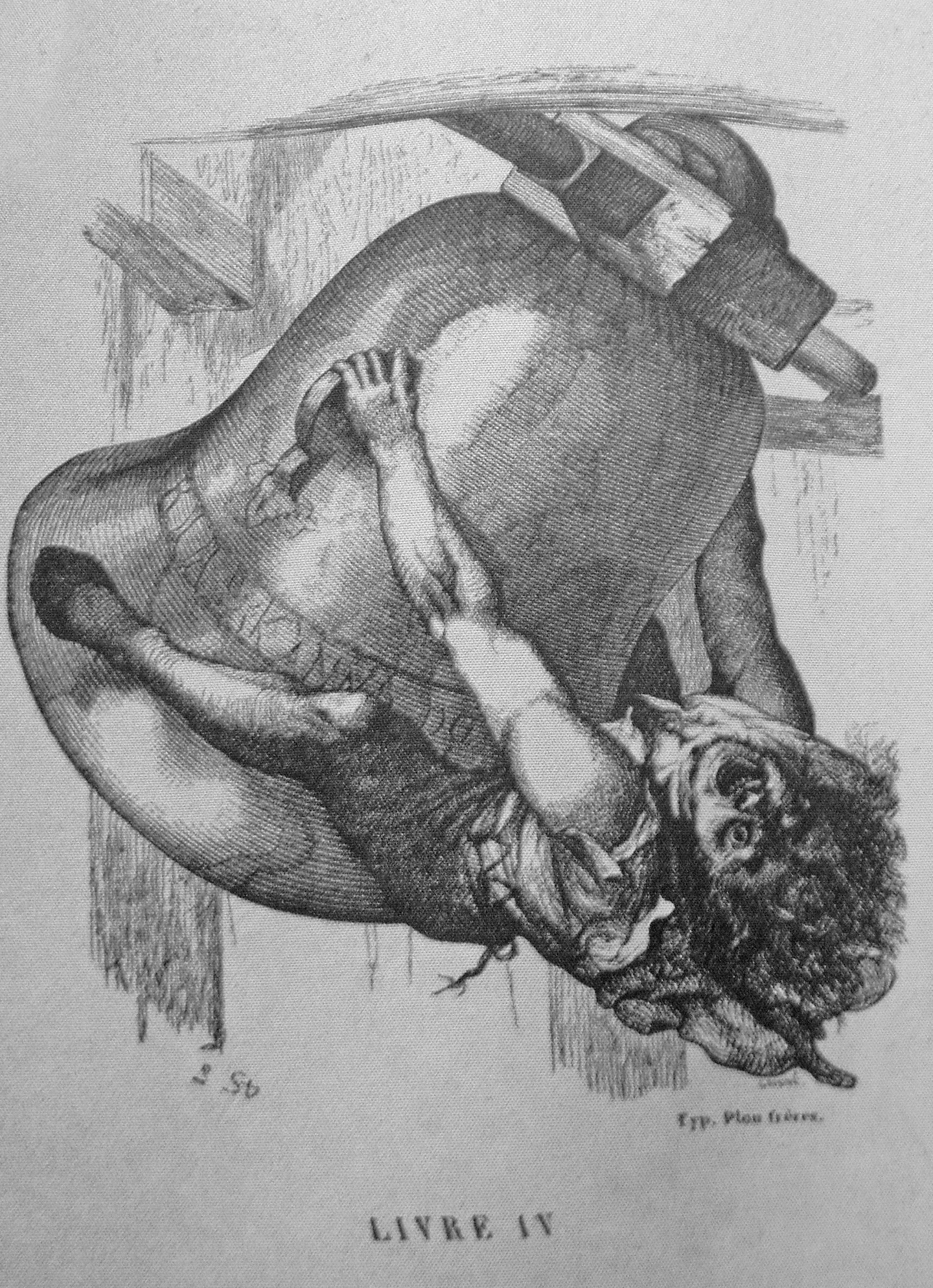
35 Volumes for Costume Reference
Besides these special writings and drawings of Hugo, 35 volumes, chosen with great care, form the body of the reference library. These are from Hottenroth, 4 volumes; Barry Le Due, 14 volumes; Troissard. 7 volumes; Robida, 4 volumes, and Costumes of the Modern Age, edited by Foster, 14 volumes. Authorities on literature have been called into conference and have marveled at the collection that has been made.
For the principal players, which include, besides Chaney, Patsy Ruth Miller, Ernest Torrance, Raymond Hatton, Norman Kerry, Winifred Bryson, Eulalie Jensen, Kate Leiter, Brandon Hurst, Nick de Ruiz, Harry Van Meter, Harry DeVere, Tully Marshall, Roy Laidlaw, Jane Sherman, Helen Broneau, Gladys Johnson and others, there are of course many changes of costumes, and in some cases duplicates of the changes for emergency use. There will be two thousand extras used in one scene. Perhaps 200 character artists ordinarily associated with good roles will play bits that will be but flashes on the screen. This is to ensure perfection in atmospheric detail.
Two Score Changes for Heroine
For Miss Miller, who plays Esmerelda, there are some 35 or 40 costumes, and, since she is a gypsy dancing girl, they will be beautiful.
The strangest thing about it all Is that every extra used will be measured or his measurements obtained from Fred Datig's casting office sheets so that every costume will fit exactly as desired. This is the first time, so far as is known to the writer, that each extra in two thousand was considered so important.
One month before shooting commenced on Notre Dame, every costume had been analyzed and planned. And then a corp of seamsters and seamstresses got to work. The catalog of these costumes is one of the "bulkiest" items in the equipment of the Notre Dame unit.
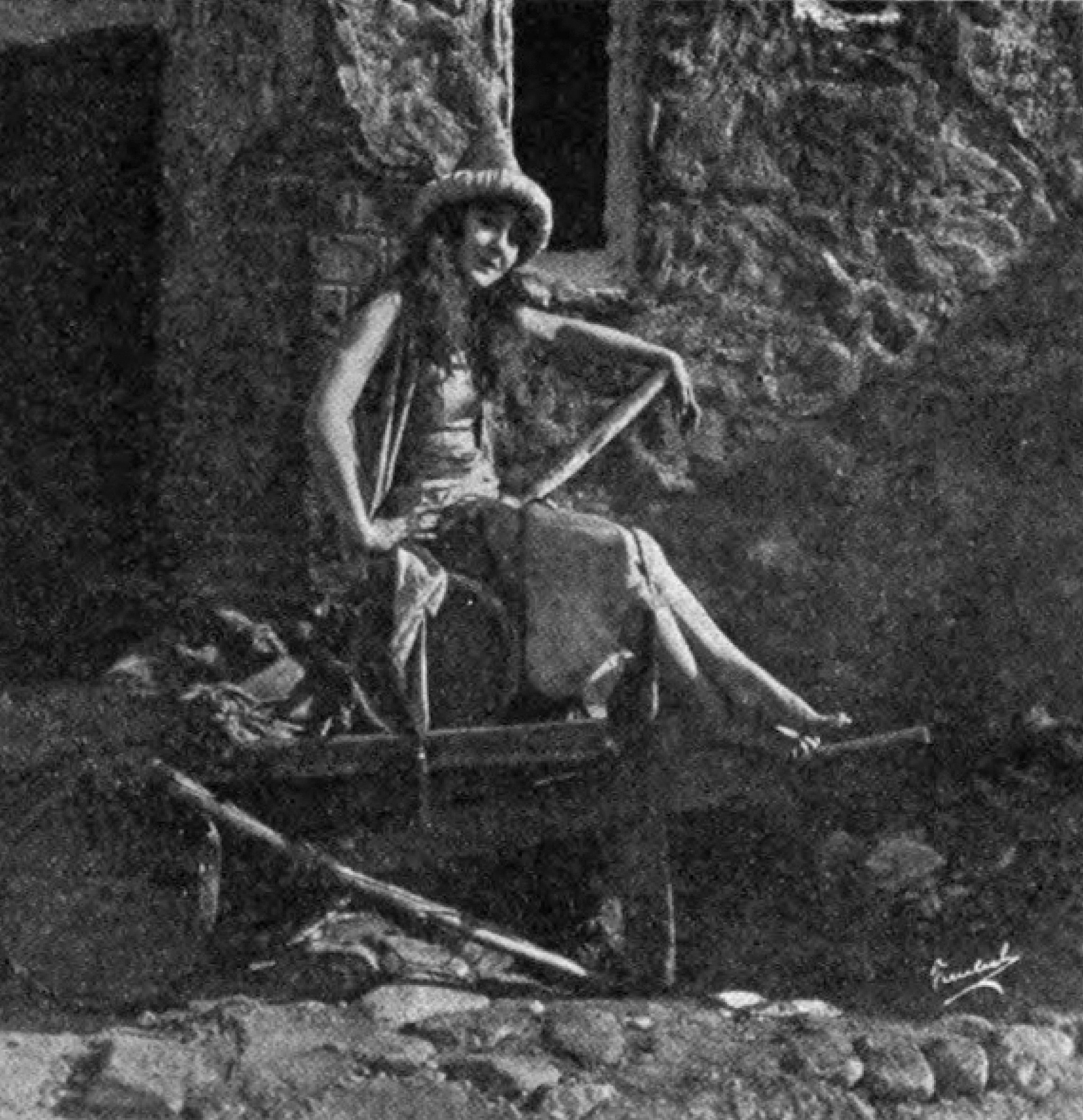
Conferences on Clothing
At the time that actual sewing and making started, Worsley and his first two assistants, James Dugan and Jack Sullivan; Charles Stallings, production manager; his assistant Edgar. Stein; W.J. Koenig, business manager of the unit; Sheehan, Colonel McGee, and several others, discussed the handling of the clothing.
Issue Costumes From 18 Windows
The result was the construction of a building at the ''back ranch" of Universal City and adjacent to the big stage that is the headquarters of the unit, which Is 125 feet in length and has 18 windows. At each window, when a big set is being filmed, stands a pair of clerks, deputized under Captain Albert Conti de Cedassamare and trained in the handling of the costumes. They pass out the outfits. 'The windows are numbered, and when the extra or bit player receives his dally work voucher in Datig's office, there is noted on it the number of the window to which that player is to apply for his costume. The same people are sent to the same window every night. The whole thing is inspiringly systematized, but even that doesn't make it all easy.
That building is being enlarged to twice Its size right now, in preparation for the big Place du Parvals set which will be photographed In February or March. There will not be more windows, merely greater space for careful accommodation and classification of the costumes.
In addition; the main wardrobe of Universal City and several small buildings are being utilized to a certain extent. As many as 200 men will be on the payroll at one time for wardrobe duties.
Experienced Man in Charge
Colonel McGee had been a research and technical advisor for some of Geraldine Farrar's, Maurice Tourneur's, and Frothlngham's biggest pictures. He is well fitted to handle a large portion of the costume "grief."
One of the most interesting scenes in the picture will be the grand ball in the home of Madame Gaundalaurter, wherein 50 ladles and 50 gallant men of the period take part. For this 50 men and 50 women were chosen carefully by Datig and when called were reviewed by Worsley, Chaney, Sheehan, and the others. The exact measurements of each were taken six weeks before the meeting of the set, and their costumes were prepared. When they were called each costume was "picked to pieces" by the staff, every detail perfected.

Must Wear Garb Confidently
Then, when it might have been possible to go ahead and record the scene, two days were spent on gaining two objects: first, to coach the people In their dances; second, to let them sit around, walk and lounge, familiarizing themselves with the character of their garments. Why? To make the people so familiar with their clothes that the clothes would not be conspicuously "costumes." There is danger in such a ball turning Into a "costume ball," when in reality it was attended by upper-class people In the natural garb of their day.· "The costumes must not look like costumes!"
Every set is being treated in the same way. Every player, no matter if he is an extra, is personally inspected and given personal instructions on how to "wear his clothes" so that they will appear the natural garb of people of another day and not costumes for players of today.
15th-Century Influence?
One amusing thing has come out of it all — the women are finding in these quaint duplicates of gowns of 15th-century Paris some style ideas and lines that are as attractive as anything seen today. Imagine 15th-century Paris showing styles to 20th-century women! There are beauties about the gowns that would be unsuspected. For the most part, they are rather slim models of elegant simplicity, without the wide hoops that came in a century or two later and without some of the freakish lines of today.
Patsy Ruth Miller, for one, is planning some of her own personal wardrobe along the lines of this pre-Renaissance fashion layout.
It is distinctly a novelty in production schemes to carry several hundred people for several months, instead of bunching their work together in a few weeks' schedule and getting rid of the expense. But that Is what being done, and the reason is not so much to shoot the story in logical continuity as it is to make the people "live" in their costames and get familiar with them. Frequently a hundred people will be called a day or two early to make them sit around in their clothes and get "at home" in them. They must not feel they're in costume.
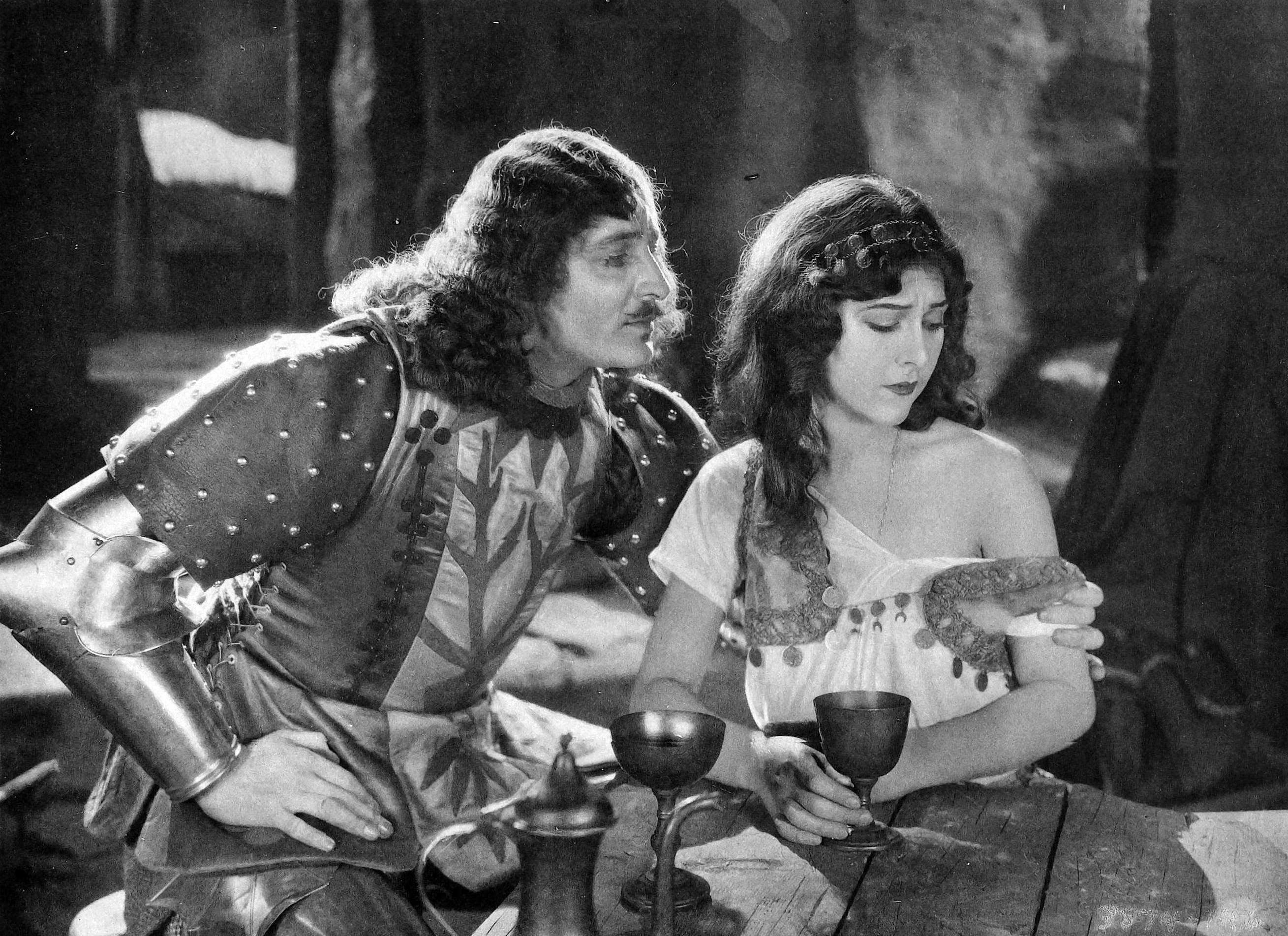
Period Which Costumes Represent
There are really few people who would confess to not having not read The Hunchback of Notre Dame. But there may be many who would admit having forgotten just what the atmosphere of the fifteenth century was like.
The period was just when Paris, then as now, the rendezvous of the roamers and nomads of all nations, was emerging from the Middle Age into the first dawning of the new Renaissance. The crusades were over, and the fighters for the Cross had returned. Italy was pouring a wealth of art into France. Russians, Arabs, Spaniards, Gypsies, Hungarians and Venetians were coming to Paris.
All these nationalities brought their own ideas of art with them. Oriental splendor crept in and diffused its subtle glow over the life of Paris. Costumes and architecture alike felt the new influence. Whereas the ecclesiastical influence had been the ruling force, the outside impulses now overruled that and relaxed every tradition and law. The boundaries of the imagination flew wide and the spirit of the people felt an unchecked call to new things.
These 15th-century Parisaians bragged, "This is the most magnificent age the world has ever known. There will not be another age like it in 1,000 years."
Chairs to alt on, carpets for the floor and pictures for the wall were three changes in the domestic environment. If Cone hadn't been born so late, the people of Paris might have been shouting. "Day by day, in every way, we're getting better and better." That was what they thought, at any rate. And it was true. How could they know that in four hundred years they would talk to one another at great distances in two or three manner; that they would fly as birds, travel the high seas in comfort and with speed, and see themselves and the world's events reflected on a screen?
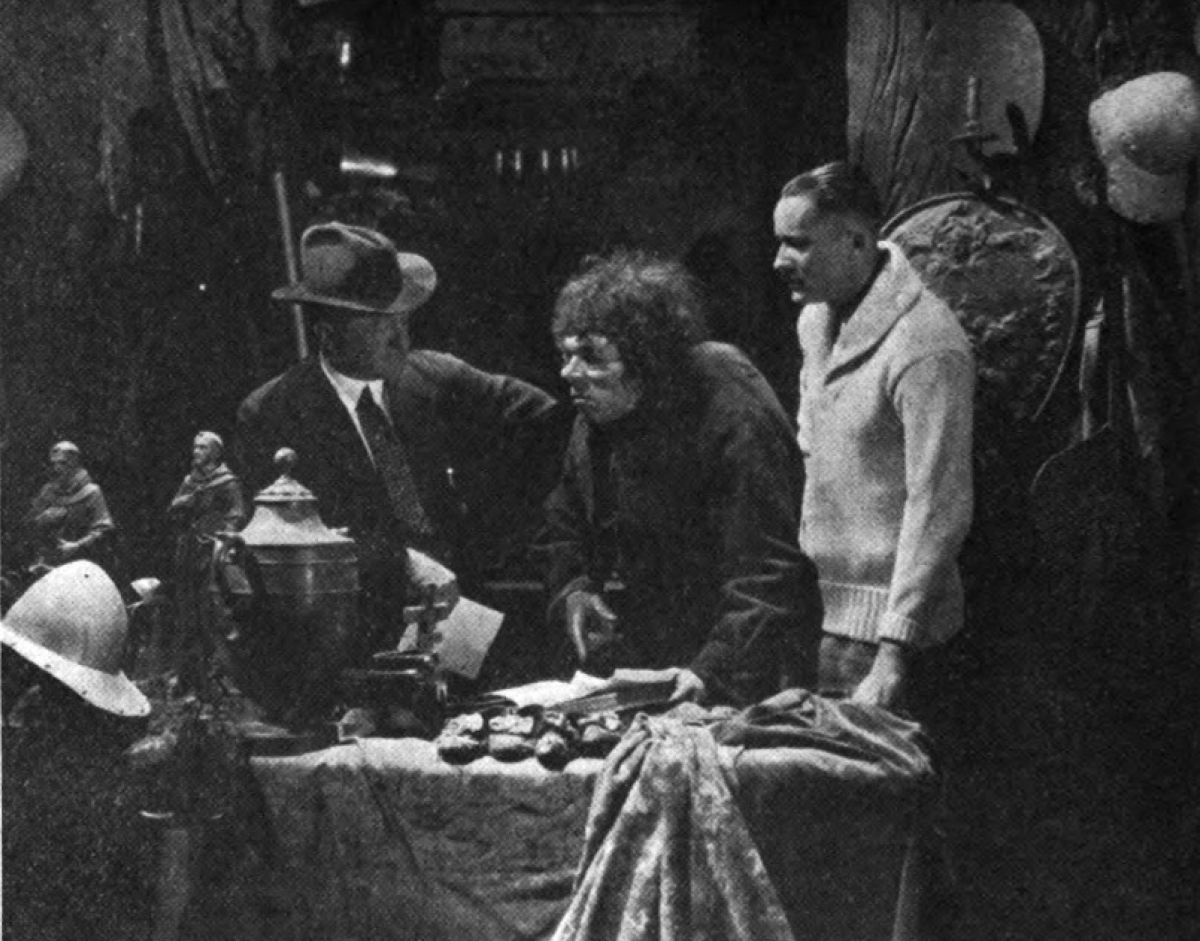
Variety of Styles
The clothes, as this might indicate, displayed in some quarter every conceivable color and a great variety of styles.
One thing about the Court of Miracles to be seen in The Hunchback may strike some as odd, but the explanation is simple. The Court, which was the center of the underworld, was surrounded by broken-down palaces, and its pathetic people wore motley clothes that looked strangely like the cast-off garments of the princely class. Was this charity? It was not! It was merely this.
Rags in Castles
A plague would strike a rich section. Instead of combatting it, the nobles fled. While they were away, their homes would be pilfered by thieves and beggars who feared not God, law nor plague. Sometimes the rich would be afraid to return to their homes, and in these circumstances the horde of under-devils moved in without a lease. Thus came the strangely royal, though mutilated surroundings of the Court of Miracles and the clothes its denizens wore. The common people merely absorbed the magnificence of the mighty and turned It Into gaudy wreckage.

Aside from their interest for the ladles and for the connoisseur, the quaint styles, varied colors and graceful lines of some of the costumes are a joy to the cinematographers, Charles J. Stumar and Robert S. Newhard, both ASC members, who have been entrusted with the task of filming this production. No cinematographer is impervious to the inspiration of atmosphere, either, and the atmosphere on the whole in The Hunchback of Notre Dame is a little abort of a miracle in variety and breath-taking splendor. And yet, no matter how much they like the styles and general effect of the costuming, they have the same orders as every other person In the unit: "The costuming must be subdued. We are spending money on it primarily to make it so correct that it will be inconspicuous."

When Chaney first put on his makeup - The Hunchback is his life's dream and every bit of his 15 years' intensive study of makeup goes into it — Jack Freultch, studio photographer; Henry Freullch, graflex cameraman with the publicity department; Fred L. Archer, head of the art title department and internationally known for his prize-winning studies, and two other photographers shot photographs simultaneously of the remarkable Quasimodo.
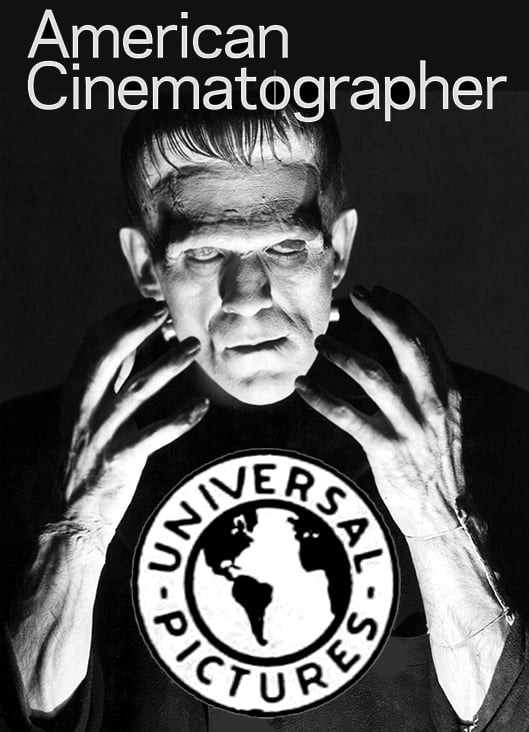
One man took a copy of Hugo's novel and has been getting autographs of all important people associated with the production. He has run out of inside cover and frontispiece space and stands a good chance of pasting in a few blank pages. He thinks the autographed book will have a big value In fifteen years, like a rare coin or an antique. One thing is assured: The Hunchback of Notre Dame will not be "a costume picture" in the accepted sense; it will be the story of a hunchback bell-ringer of Notre Dame who didn't look like a human being and of the great Notre Dame itself, "a legacy of the ages to all nations... a monument of human faith... a temple to the Universal God."
You'll find our complete retrospective on The Hunchback of Notre Dame here.
